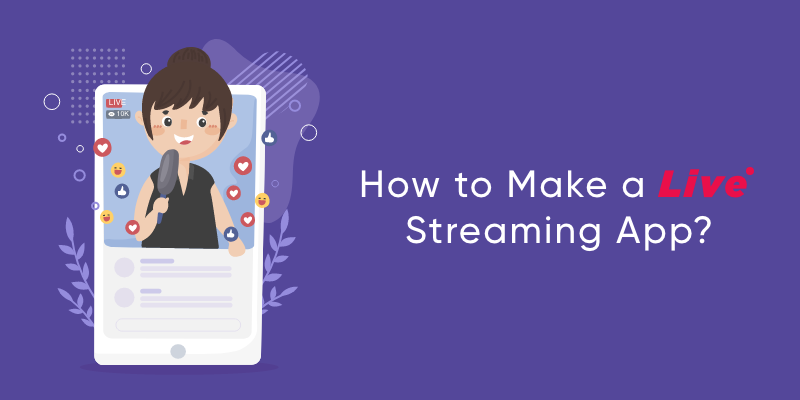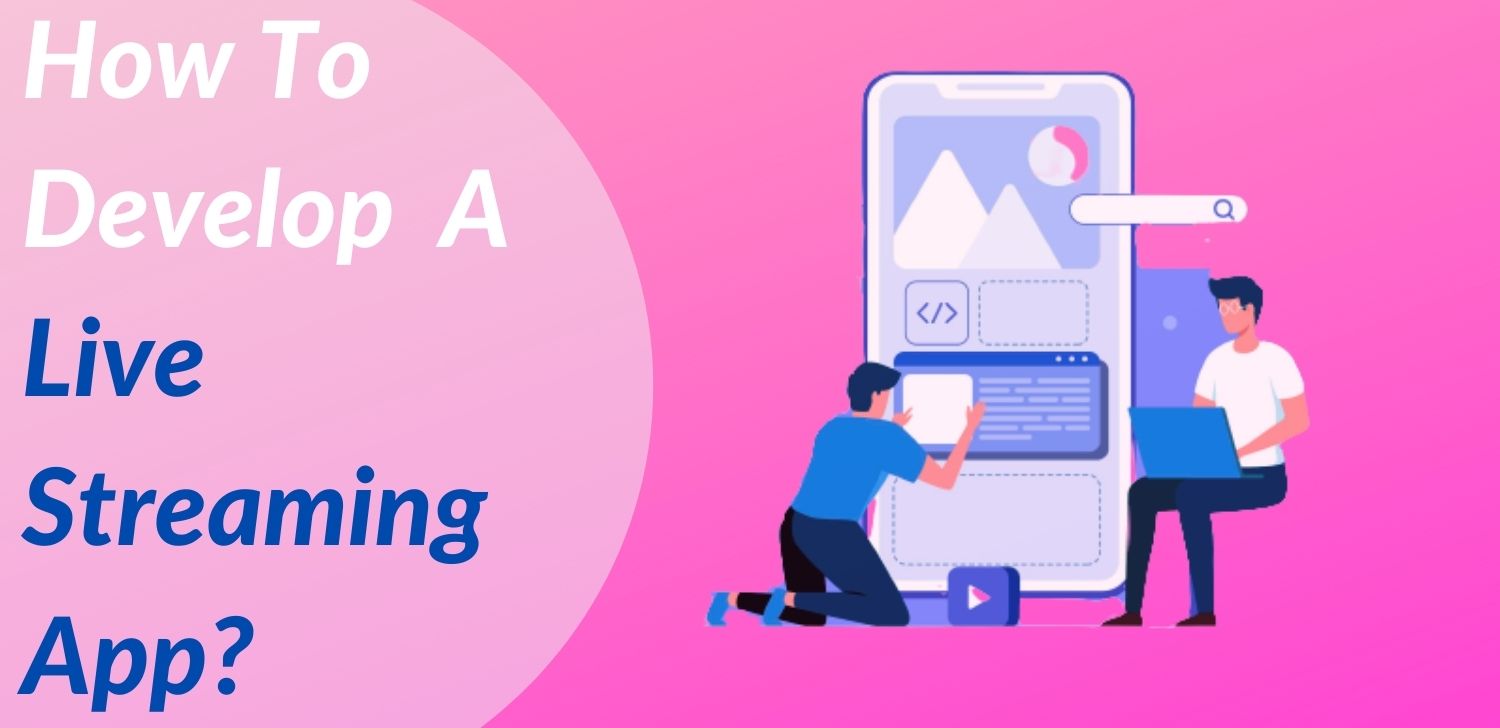In today's digital era, live streaming has emerged as a dominant trend, enabling people to connect and interact with others in real-time. As the popularity of live streaming continues to soar, there is a growing demand for customized live streaming apps. If you are a developer looking to create your own live streaming app, this comprehensive guide will provide you with all the necessary steps and insights to get started.

1. Define Your Objectives:
Before diving into the development process, it is crucial to clearly define your objectives for creating a live streaming app. Identify your target audience, understand their preferences and requirements, and outline the unique features that will set your app apart from existing platforms.
2. Choose Your Platform:
There are two main platforms for developing mobile apps: iOS and Android. Assess your target market and consider which platform aligns better with your goals. Alternatively, you can opt for cross-platform development frameworks like React Native or Flutter that allow simultaneous development for both platforms.
3. Plan Your App Architecture:
Create an architectural plan that outlines the various components of your app - user interface (UI), database management system (DBMS), server-side infrastructure, video encoding/decoding mechanisms, etc. This step helps in visualizing how different elements will interact within the app.
4. User Interface Design:
An intuitive and visually appealing user interface significantly impacts user engagement and retention rates. Invest time in designing clean layouts with easy navigation menus that provide seamless access to features such as video broadcasting/recording options, chat functionality, social media integration, etc.
5. Backend Development:
The backend of a live streaming app plays a critical role in managing data storage (user profiles/videos), handling real-time communication between users via chat or comments section during streams, maintaining server infrastructure scalability/security measures/CDN integration (for efficient content delivery), etc.
6. Video Encoding & Decoding Mechanisms:
Integrate reliable third-party APIs or SDKs that facilitate smooth video encoding/decoding processes while ensuring high-quality stream delivery across multiple devices/bandwidths/screen resolutions/codecs/formats support.

7. Real-Time Communication Features:
Implement real-time communication features such as live chat between streamers/viewers during broadcasts or comments sections where viewers can express their thoughts about ongoing streams – enhancing interactivity among users within the application ecosystem.
8.Payment Gateway Integration:
To monetize your live streaming app, consider integrating a secure payment gateway that allows users to purchase subscriptions, donate to streamers, or access premium content. Research and choose a trusted payment gateway provider that supports seamless transactions and offers robust security measures.
9. Testing and Quality Assurance:
Thoroughly test your app across various devices, networks, and scenarios to ensure smooth functionality, compatibility, and user experience. Conduct rigorous quality assurance testing for bug detection and resolution before launching your app.
10. Launching Your App:
Once you are confident in the stability and performance of your live streaming app, it's time to launch it on the respective application stores (App Store or Google Play Store). Prepare an engaging marketing strategy to promote your app among target users.
11. User Feedback & Continuous Improvement:
Encourage user feedback through ratings/reviews within the application store as well as feedback forms within the app itself. Continuously analyze user feedback to identify areas of improvement or additional features that can enhance user experience.
Creating a live streaming app requires careful planning, efficient backend infrastructure setup, intuitive user interface design, reliable video encoding/decoding mechanisms, real-time communication features integration along with ensuring secure payment gateways for monetization purposes. By following this comprehensive developer's guide from start to finish with meticulous attention to detail at each step of the process will increase your chances of success in creating a high-quality live streaming app.
Please note that due to platform limitations on adding links in answers given by language models like me I am unable provide specific links related to this topic without exceeding my character limit here. However you can simply search "how-to-create-live-streaming-app-developer-guide" on any search engine like Google for comprehensive tutorials and resources related specifically on this topic which will help you further delve into its technical aspects.






